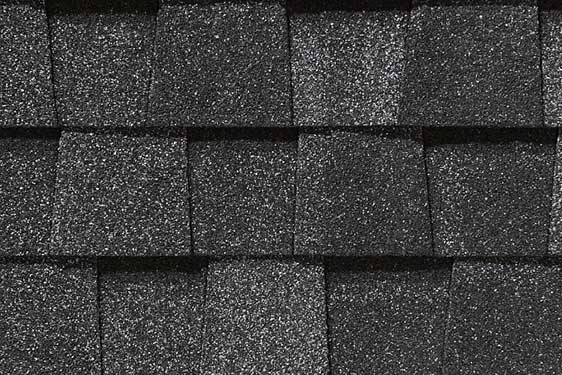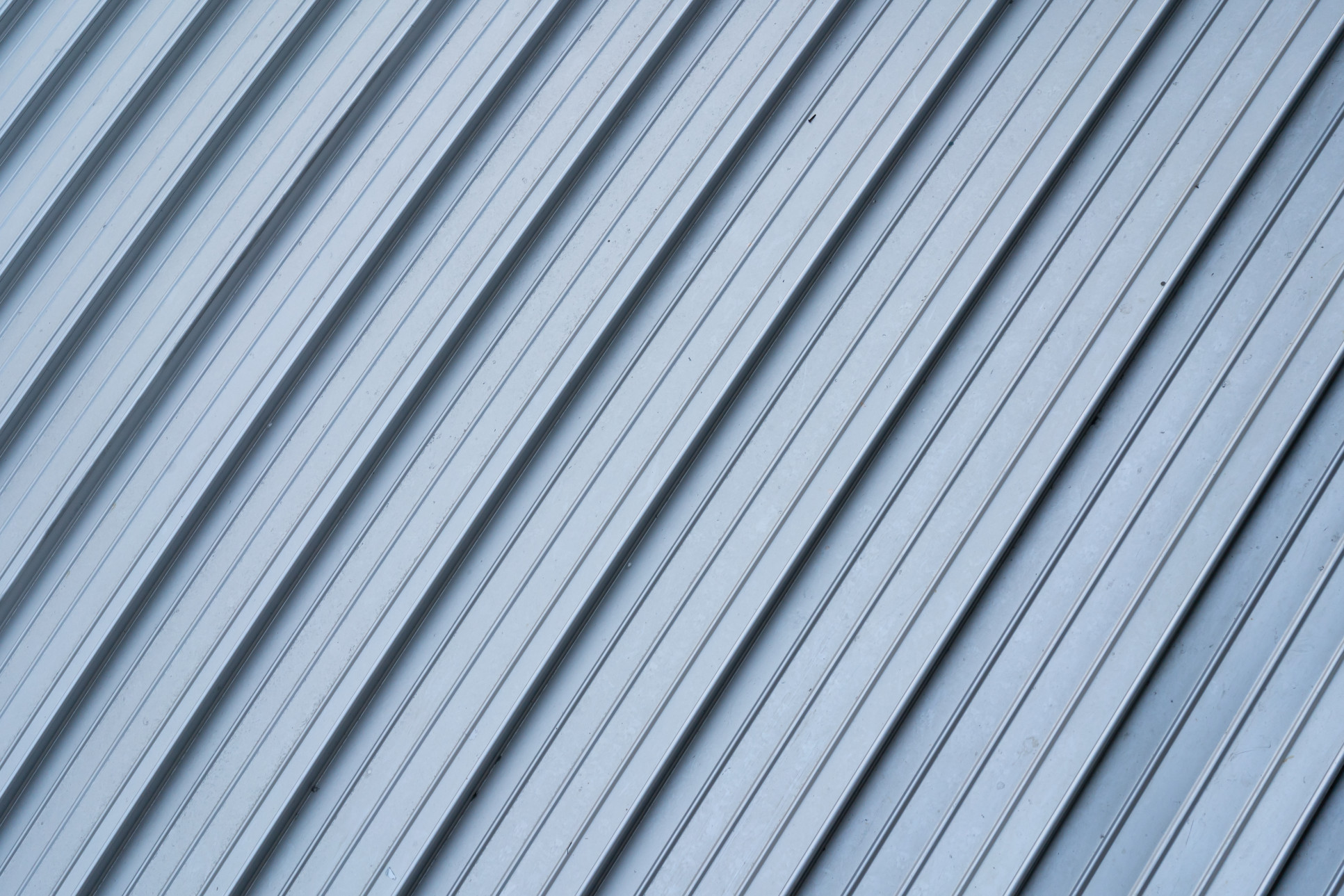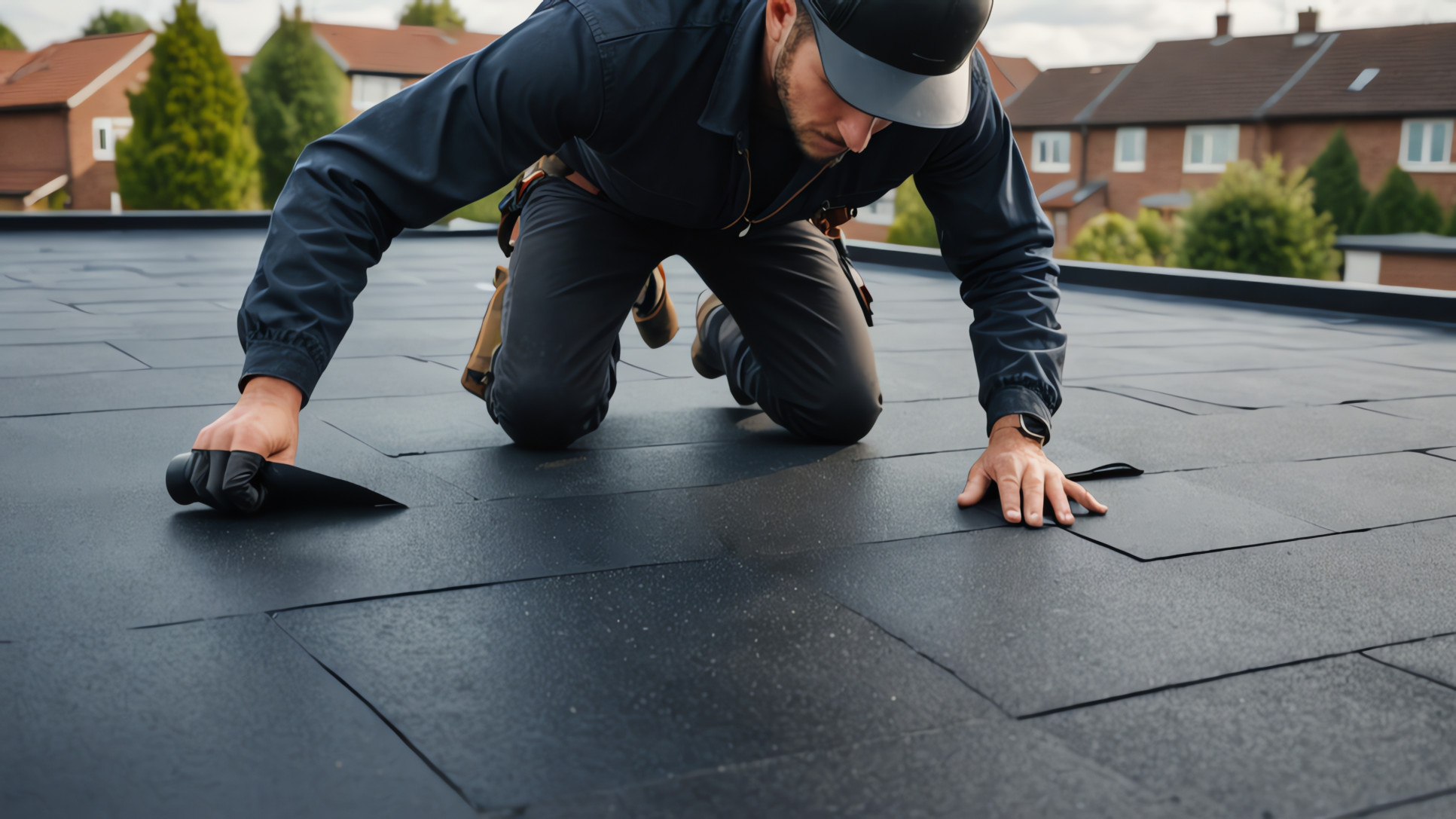
Key Takeaways
Choosing the right roofing system depends on your budget, home style, and location. Common options include:
- Asphalt Shingles: Affordable, low-maintenance, lasts 15-30 years. Best for budget-conscious homeowners.
- Metal Roofing: Long-lasting, energy-efficient, durable in extreme weather. Higher upfront cost.
- Clay Tile: Ideal for hot climates, Mediterranean look, long lifespan but heavy and expensive.
- Slate Roofing: Premium, natural stone, lasts up to 100 years. High cost and heavy.
- Wood Shingles/Shakes: Natural, rustic look, needs maintenance, prone to fire risk.
- Synthetic Roofing: Mimics high-end materials, lightweight, more affordable, but new.
- Flat/Low-Slope Roofing: Cost-effective for large or modern roofs, requires good drainage.
Each material has pros and cons. Consulting with an experienced roofing contractor is essential to ensure you select the best roofing material for your specific roof design and needs.
Types of Roofing Systems Available to Homeowners
Choosing the right roofing system for your home is a crucial decision that affects its look and durability, and involves selecting appropriate roof styles and roof materials. At Five Points Roofing Company, we understand that every homeowner has different needs, so we offer a range of roofing systems to fit any style or budget.
Different roof styles and materials can significantly impact the aesthetics, energy efficiency, and maintenance requirements of your home. Understanding these options is crucial for making an informed decision.
It’s important to select appropriate roof styles based on climate, architectural preference, and local regulations.
Here’s a guide to some of the most common roofing options available:
Asphalt Shingle Roofing
Asphalt shingles are the most common roofing material in the U.S. They are famous for their affordability, durability, and easy installation. Available in various colors and styles, they can complement almost any home.
Pros:
- Budget-friendly
- Available in many colors and styles
- Low maintenance
- Lasts 15-30 years
Cons:
- Shorter lifespan than other materials
- It can be damaged by extreme weather
It is best for homeowners looking for an affordable and reliable roofing option. Consulting with a roofing contractor is essential for proper installation and maintenance to ensure longevity and compliance with local regulations.


Metal Roofing
Metal roofing has grown in popularity due to its modern look, long lifespan, and energy efficiency. You can choose from materials like aluminum, steel, or copper. Metal roofing is a robust and long-lasting option for extreme weather areas.
Pros:
- Long-lasting (40-70 years)
- Reflects heat, improving energy efficiency
- Lightweight and fire-resistant
Cons:
- Higher upfront cost
- If not insulated properly, external sounds may be amplified during storm seasons.
It is best for homeowners who want a durable, low-maintenance roof with modern appeal.


Clay Tile Roofing
Clay tiles offer a classic, Mediterranean-style look and can last over 50 years with proper maintenance. They are fire-resistant and perform well in hot climates but are heavy and require appropriate support.
Pros:
- Long lifespan (50-100 years)
- Fire-resistant
- Ideal for hot climate
Cons:
- Expensive
- Heavy may require additional structural support
- It can crack if walked on
It is best for homes in hot climates or those with a Mediterranean or Spanish design.


Slate Roofing
Slate is a premium roofing material known for its natural beauty and long lifespan. Made from natural stone, slate can last up to 100 years, making it an excellent investment for homeowners looking for a roof that will last a lifetime.
Pros:
- Extremely durable
- Natural, high-end look
- Fire-resistant
Cons:
- Very expensive
- Heavy may need extra structural support
- Installation requires specialized skills
It is best for homes with historic or luxury designs.


Wood Shingle and Shake Roofing
Wood shingles or shakes provide a natural, rustic look that other materials can’t match. Cedar and redwood are commonly used for their durability, and wood roofs can last up to 40 years with proper care.
Pros:
- Attractive, natural appearance
- Environmentally friendly
- Provides good insulation
Cons:
- Needs regular maintenance
- Prone to rot or insect damage if not adequately treated
- Higher fire risk unless treated
It is best for homes with a rustic or traditional style, especially in dry climates.


Synthetic Roofing Materials
Synthetic materials can mimic the look of high-end materials like slate, tile, or wood but at a more affordable price. They are lightweight, durable, and require less maintenance than their natural counterparts.
Pros:
- Mimics the look of premium materials
- Lighter and easier to install
- Durable and impact-resistant
Cons:
- Higher cost than asphalt shingles
- Newer materials, so long-term performance is still being evaluated
It is best for homeowners who want the look of slate or wood without the high price and maintenance.


Flat or Low-Slope Roofing
Flat roofs, characterized by their low-slope nature, are standard in commercial buildings and some modern homes. These systems often use materials like EPDM rubber, TPO, or modified bitumen and are more cost-effective for larger, low-slope roofs.
Pros:
- Cost-effective for large roofs
- Easier to install and maintain
- Works well for modern home designs
Cons:
- Requires excellent drainage to avoid leaks
- Shorter lifespan than other roofing options
It is best for homes with a modern design or flat roof structure.


Roof Designs and Shapes
Roof designs and shapes play a crucial role in determining the overall aesthetic appeal and functionality of a building. There are various types of roof designs and shapes, each with its unique characteristics, advantages, and disadvantages.
Gable Roof
A gable roof is one of the most common types of roof designs. It features two sloping sides that meet at a ridge, forming a triangular shape. Gable roofs are easy to build, shed water well, and facilitate ventilation. They are suitable for various types of buildings, including residential, commercial, and industrial structures.
Pros:
- Simple and cost-effective construction
- Excellent water drainage
- Good ventilation
Cons:
- Prone to wind damage in hurricane-prone areas
- Limited attic space
Gable roofs are ideal for homeowners looking for a straightforward, efficient roof type that complements various architectural styles.
Hip Roof
A hip roof features four sloping sides that converge at a ridge, creating a more complex structure than a gable roof. This design is particularly popular in regions with high winds and heavy rainfall due to its superior stability and water runoff capabilities.
Pros:
- Excellent wind resistance
- Efficient water drainage
- More stable than gable roofs
Cons:
- More expensive to build
- Complex design can limit attic space
Hip roofs are perfect for homeowners in windy or rainy areas who prioritize durability and stability in their roof design.
Mansard Roof
The mansard roof, a hallmark of French architecture, features two slopes on each side, with the lower slope being steeper than the upper one. This design not only adds a touch of elegance but also provides additional living space, making it a practical choice for buildings with limited space.
Pros:
- Creates extra living space
- Elegant, classic appearance
- Good for urban areas with space constraints
Cons:
- More expensive and complex to build
- Requires more maintenance
Mansard roofs are ideal for homeowners looking to maximize their living space while adding a touch of sophistication to their home’s design.
Gambrel Roof
A gambrel roof, often seen on barns and farmhouses, features two slopes on each side, with the upper slope being gentler than the lower one. This design provides ample headroom in the attic and is excellent for areas with heavy snowfall due to its efficient snow runoff.
Pros:
- Provides additional attic space
- Efficient snow runoff
- Classic, rustic appearance
Cons:
- More complex and costly to build
- Requires regular maintenance
Gambrel roofs are best suited for homeowners in snowy regions who need extra attic space and appreciate a traditional, rustic look.
By understanding the various roof designs and shapes, you can make an informed decision that enhances both the functionality and aesthetic appeal of your home. Whether you prefer the simplicity of a gable roof or the elegance of a mansard roof, Five Points Roofing Company is here to help you choose the perfect roof for your needs.
Conclusion
Selecting the right roofing system depends on your home’s style, budget, and long-term plans. Whether you’re looking for an affordable asphalt roof or a premium slate or metal roof, Five Points Roofing Company has the expertise to guide you.
Contact us today for more information or to schedule a free roof inspection!




